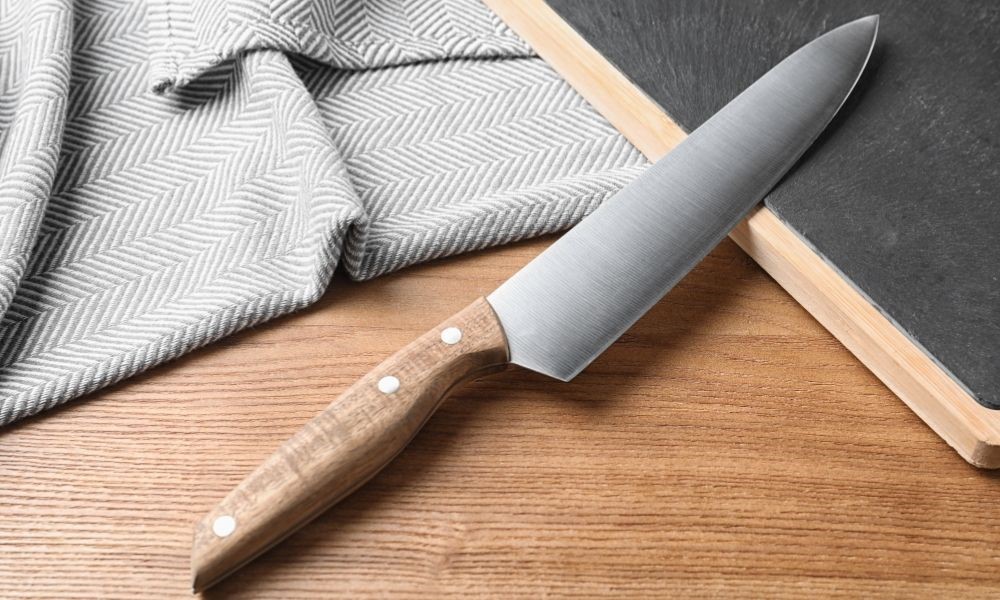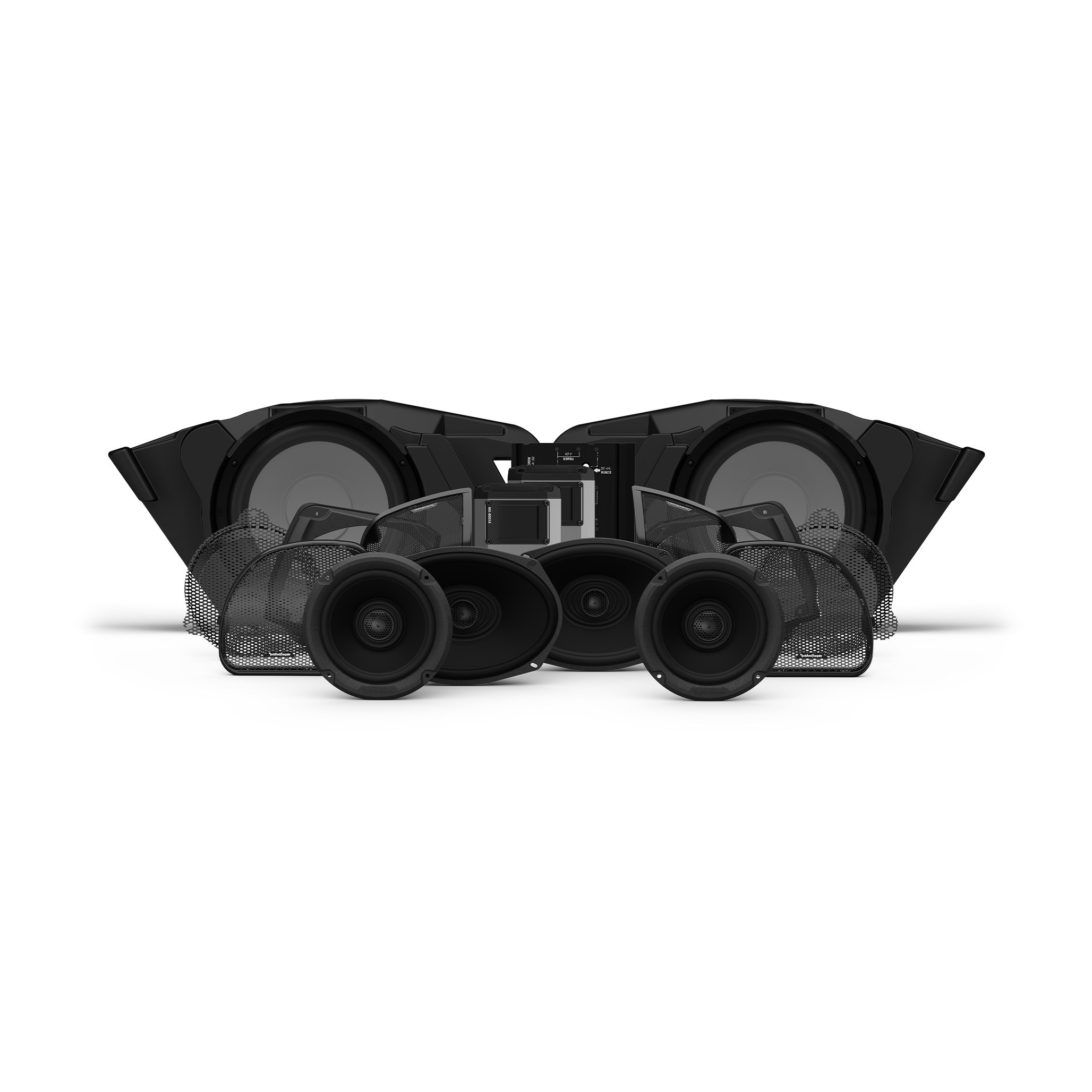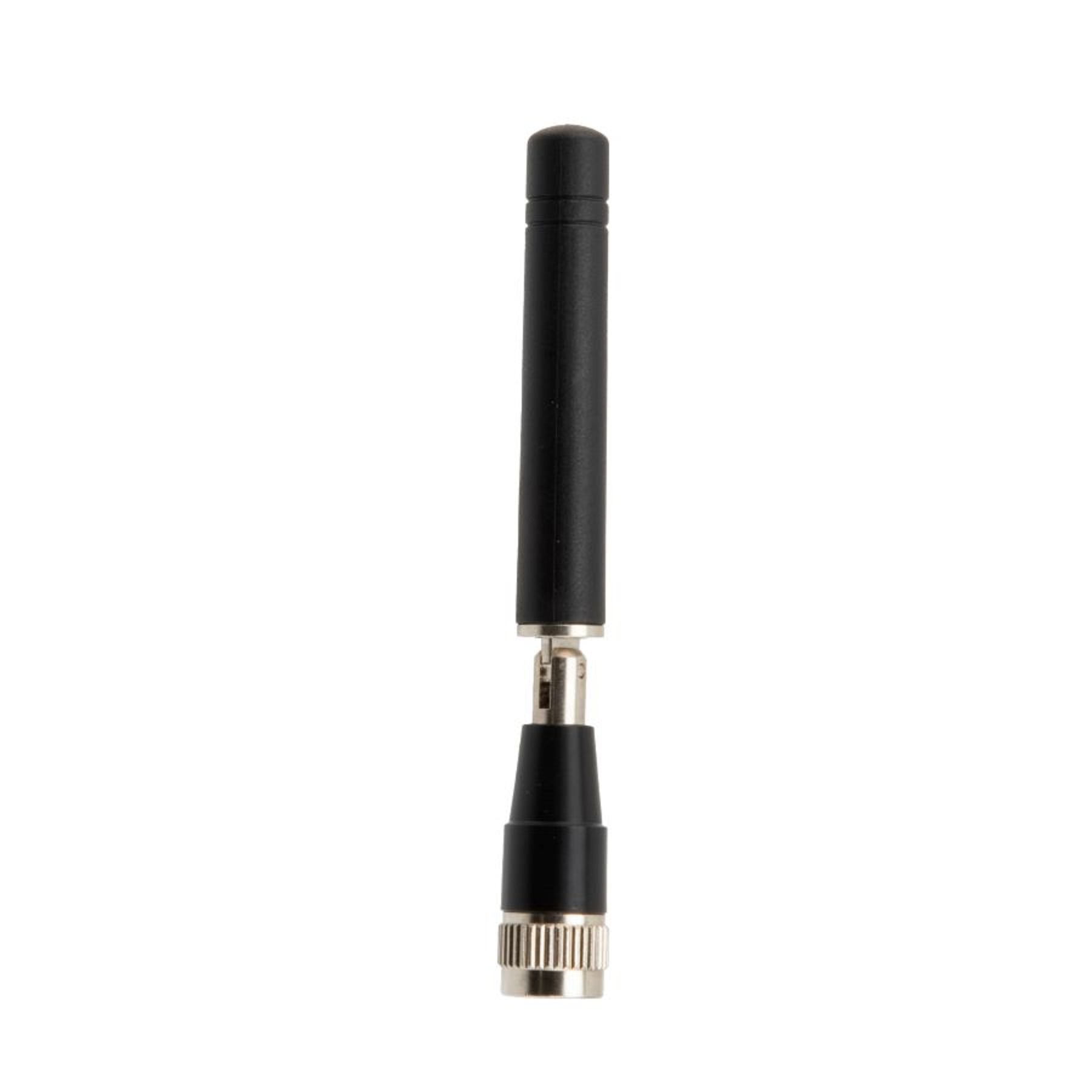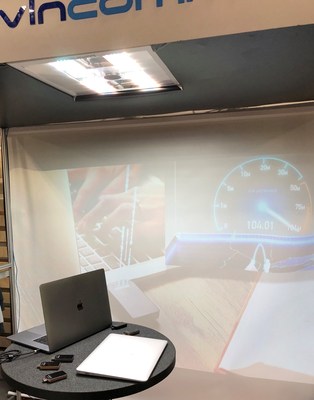Things To Know Before Getting a Chef’s Knife

There seems to be endless styles of knives when it comes to cooking. With such a large variety of choices and styles, it can be hard to narrow down what you need for your own cooking. When it comes to knives there are a few simple things you need to keep in mind to get yourself a good tool. The materials which make up the blade, the size and shape of the knife, and its maintenance needs are all things to know before getting a chef’s knife.
Materials
Chef knives come in a variety of metals that change their performance. Softer metals tend to lose the edge of the blade faster and have a wider edge, which means you have to use more effort to cut something. Softer blades can have some benefits, however, such as being less brittle and more bendable. You can use them without fear of damage if they’re dropped. Stainless steel blades (a common soft metal material used in knives) also have the benefit of being cheaper and usually easier to clean than harder knives.
Maintenance
The maintenance of a chef’s knife largely depends on the materials it’s made of, and how you use it. Harder metals keep their edge for longer, so you don’t need to sharpen harder knives as often. Yet, stainless steel is very easy to clean in comparison to harder metals. One of the most common mistakes in knife care is using hard cutting boards, which damages knives. Wooden or soft plastic boards will cause less damage to the edge of the knife.
Shape and Size
The size of your knife is a large factor in how it will handle. The length of a knife can determine what it is most adept at cutting. Longer knives are useful at cutting larger foods, such as apples or cuts of meat. Using a long knife does come at the loss of some control; finely cutting vegetables or removing the core from a pepper can become difficult with a large knife. Longer knifes also require more strength for leverage when cutting thing using the knife tip. Its width is also plays a large factor in how the knife is handled. A wider blade will get in the way of finer cutting. However, it’ll also allow for more creative uses as you can scoop up anything you cut or crush, hastening the cutting process.
These are the things to know when getting a chef’s knife. However, a chef’s knife is a personal tool that you must love and own for your own personal tastes. Get what you believe will fit your own style of cooking. There’s nothing wrong with a short and wide stainless-steel blade if it’ll be the right knife for you.





